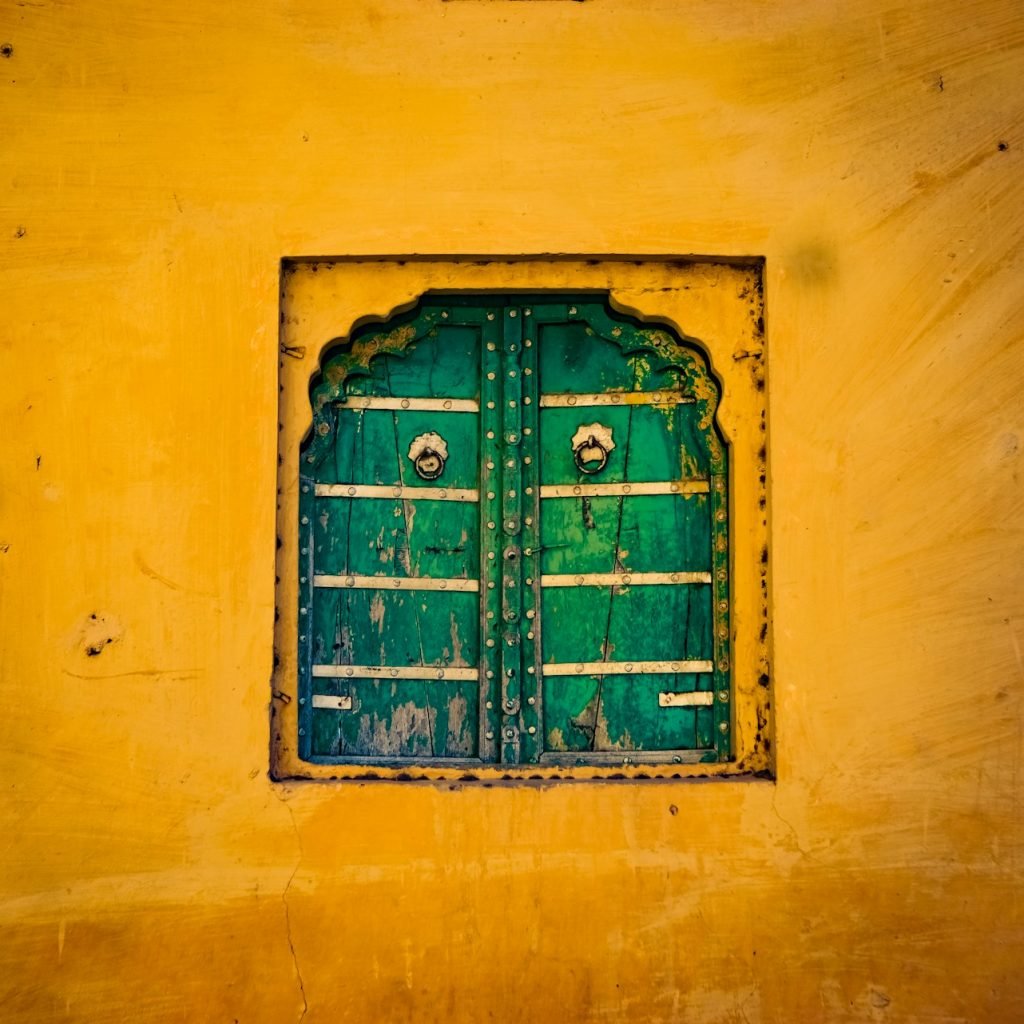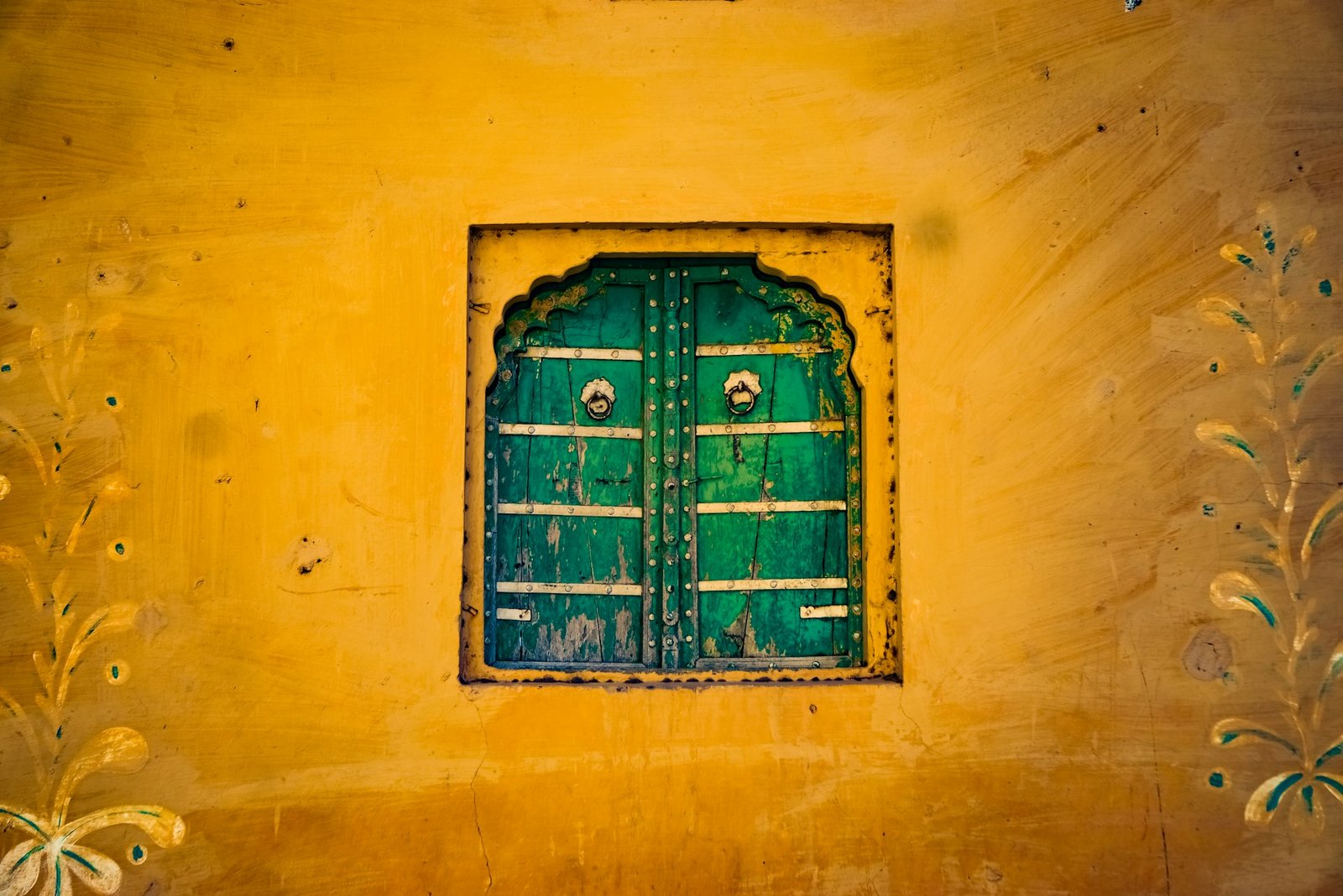
Top Activities and Attractions to Experience in India
India is a country rich in history, culture, and natural beauty, offering a myriad of activities and attractions that cater to every type of traveler. One of the most iconic landmarks is the Taj Mahal, located in Agra, which is celebrated for its stunning architecture and romantic history. This UNESCO World Heritage site draws millions of visitors each year, eager to admire its intricate marble inlay and learn about the love story of Emperor Shah Jahan and his beloved wife, Mumtaz Mahal.
Beyond the Taj Mahal, the bustling streets of Delhi present a contrasting experience, where ancient traditions intertwine with modern life. Travelers should make sure to visit historical sites like the Red Fort and India Gate, as well as vibrant markets such as Chandni Chowk, which offers a taste of local culture and cuisine. For those seeking a more laid-back atmosphere, the beaches of Goa offer sun-soaked relaxation, water sports, and vibrant nightlife, making it an ideal destination for both adventure enthusiasts and beach lovers.
Another unique experience can be found in the backwaters of Kerala, where houseboat cruises on tranquil waters allow one to explore the verdant landscapes and diverse wildlife. Moreover, Kerala is known for its rich culinary heritage; dishes such as dosa and appam reflect the authentic flavors of South Indian cuisine. Furthermore, the state of Rajasthan offers an exciting glimpse into India’s royal past through its magnificent forts and palaces, such as the Amber Fort and City Palace in Jaipur.
India’s vast geographic and cultural diversity guarantees an array of culinary experiences as well. Each region boasts its own specialties, from spicy curries in the North to fresh seafood along the coast of the South. By indulging in the local cuisines during your travels, visitors can truly appreciate the richness of India’s cultural landscape.
Cultural Festivals: The Heartbeat of India
India is renowned for its rich tapestry of cultural festivals that reflect the diverse heritage and traditions of its people. These festivals serve as significant occasions for communities to come together, celebrate their beliefs, and reinforce social ties. Among the most celebrated festivals, Diwali, also known as the Festival of Lights, symbolizes the victory of light over darkness and good over evil. Typically occurring in October or November, this festival is marked by illuminating homes with oil lamps, bursting fireworks, and sharing sweets with loved ones.
Holi, the Festival of Colors celebrated in March, is another vibrant occasion that attracts both locals and tourists alike. This spring festival signifies the arrival of warmer days and is characterized by playful revelry, where participants throw colored powders and water at each other. The joyous atmosphere is complemented by traditional songs, dances, and festive foods, creating an unparalleled experience for those who partake in it.
Additionally, the Durga Puja festival, primarily observed in Bengal, is celebrated with great fervor during September or October. This festival pays homage to the goddess Durga and involves elaborate worship rituals, artistic idol installations, and cultural performances. Similarly, Ganesh Chaturthi, which falls in August or September, commemorates the birth of Lord Ganesha with vibrant processions and community feasts, captivating visitors with its grandeur.
Travelers looking to immerse themselves in India’s cultural landscape should plan their visits around these festivals. Cities like Varanasi, Mumbai, and Kolkata become vibrant hubs during these celebrations, providing an authentic and enriching experience for those eager to explore India’s heritage. Witnessing these colorful festivities not only allows for a deeper understanding of Indian culture but also creates lasting memories that travelers are likely to cherish. Each festival presents a unique opportunity to engage with local traditions and foster connections within the community.
Best Times to Visit India Based on Climate and Events
India, with its diverse geography and rich culture, offers unique experiences throughout the year. However, the timing of your visit can significantly enhance your adventure. The best times to visit India largely depend on the climate and the various regional events that shape the Indian travel experience.
In northern India, the winter months from November to February are ideal for exploration. During this period, cities like Delhi, Agra, and Jaipur experience pleasant weather, making it perfect for sightseeing. Tourists flock to these regions to enjoy attractions such as the Taj Mahal in comfortable temperatures. Additionally, this timeframe hosts major festivals like Diwali and Holi, providing visitors an authentic taste of Indian culture through vibrant celebrations.
Conversely, the southern regions of India, including Kerala and Tamil Nadu, are best enjoyed during the monsoon season from June to September. The southwest monsoon transforms the landscape into a lush paradise, with thick greenery and rejuvenated rivers. This is an excellent time for eco-tourism and experiencing the tranquility of the backwaters. While travelling during the monsoon could mean occasional showers, the breathtaking views and fewer crowds offer a unique appeal.
Travel logistics can be affected during peak tourist seasons, leading to increased prices and crowded attractions. To mitigate these concerns, consider visiting during shoulder seasons—just before or after the peak times—such as late September to early November in the north and mid-March to early June in the south. These intervals provide moderate weather, reduced costs, and a chance to engage in festivities without the bustling crowds. Understanding the climatic conditions and festive events across various regions will significantly enrich your travel experience in India.
Travel Tips for a Memorable Experience in India
Traveling to India presents an opportunity to immerse oneself in a vibrant blend of history, culture, and spirituality. To ensure a memorable experience, it is essential to approach this journey with preparation and an open mind. First and foremost, understanding local customs and etiquette can significantly enhance interactions with locals. For instance, greeting individuals with a polite “Namaste” while placing your palms together shows respect and helps bridge cultural gaps.
Transportation in India varies widely, ranging from traditional rickshaws to modern metro systems in major cities. Familiarizing oneself with the local transportation options is crucial for efficient navigation. While the rail network is expansive, booking train tickets in advance is advisable due to high demand. For shorter distances, app-based cab services can provide convenience at reasonable rates. Additionally, knowing basic phrases in Hindi or the local language can foster goodwill and make daily interactions smoother.
Health and safety are paramount while traveling in India. It is advisable to drink only bottled or filtered water and to be cautious while eating street food, opting for freshly cooked items. Travel insurance covering health emergencies is highly recommended. To further safeguard against illnesses, vaccinations such as Hepatitis A and Tetanus should be considered well ahead of your trip.
Cultural sensitivity is critical when visiting religious sites and rural areas. Dress modestly, especially when entering temples and mosques, and be mindful of photography restrictions. Observing these practices not only demonstrates respect but also enriches the travel experience. Lastly, staying informed about current events and local guidelines can ensure a safe and enjoyable adventure through this diverse and enthralling country.


0 Comment